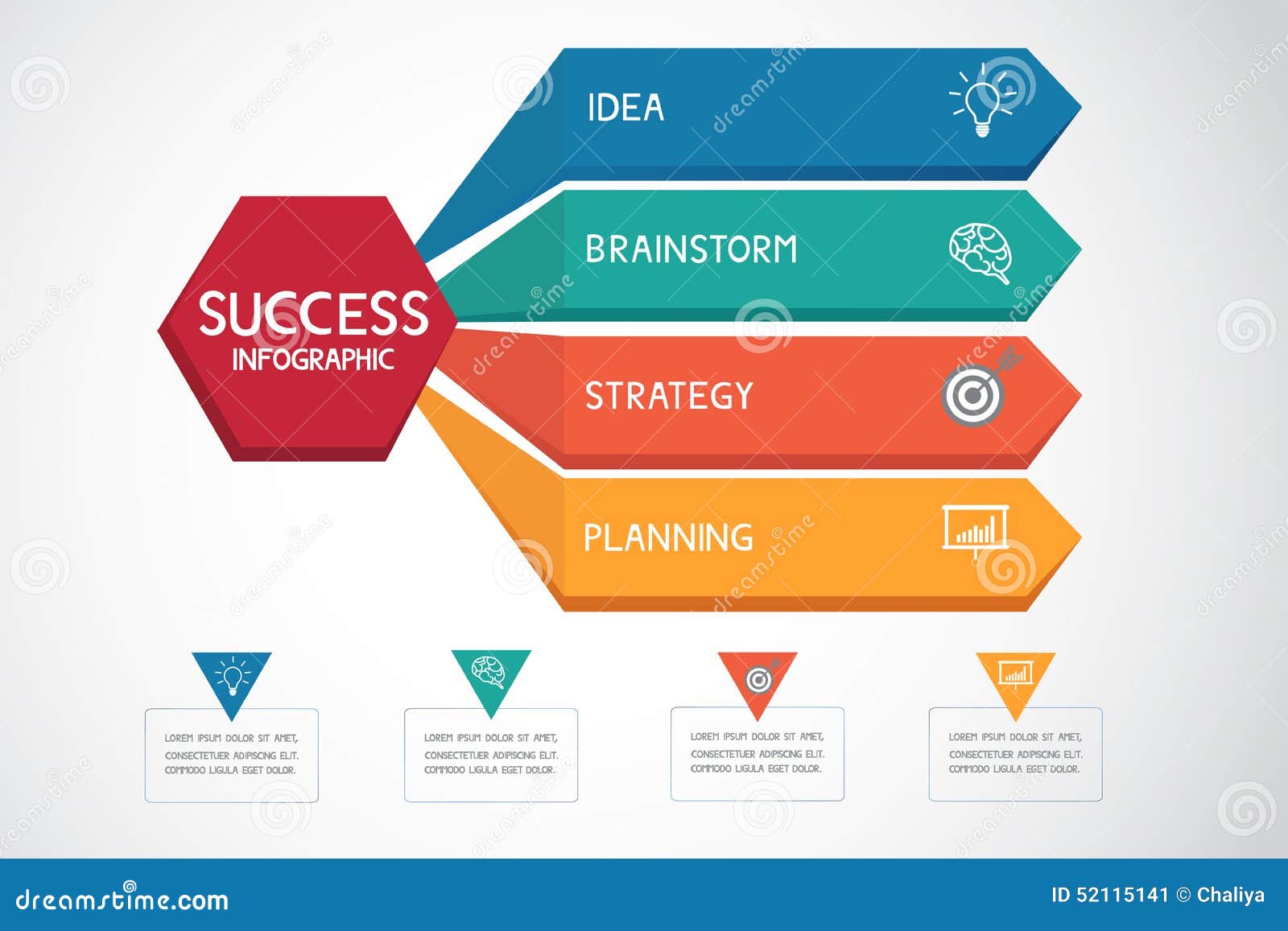The Development Of Web Design: Then And Currently
The Development Of Web Design: Then And Currently
Blog Article
Team Writer-Bradshaw Stender
In the past, web sites were basic and focused on details. Navigation was direct, and design was for desktop computers. Now, individual experience is crucial. Data overviews styles for easy navigation. Receptive layouts match various gadgets. Today, dark setting reduces strain, and minimalist food selections boost navigation. Interactive features engage individuals, and vibrant visuals stand apart. AI integration improves involvement. See just how style has actually progressed to boost your on the internet trip.
Very Early Days of Web Design
In the very early days of web design, simplicity preponderated. Sites were basic, with minimal shades, fonts, and designs. https://www.fool.com/the-ascent/small-business/email-marketing/articles/edm-marketing/ got on offering information as opposed to flashy visuals. Individuals accessed the net through slow-moving dial-up links, so speed and performance were vital.
Navigation food selections were straightforward, commonly situated on top or side of the web page. Sites were created for computer, as mobile browsing had not been yet prevalent. Content was king, and developers focused on simple readability over complicated design components.
HTML was the key coding language used, and designers had to function within its restraints. Animations and interactive attributes were marginal compared to today's criteria. Websites were static, with little vibrant content or personalized customer experiences.
Surge of User-Focused Style
With the advancement of website design, a change towards user-focused style principles has become progressively prominent. Today, developing internet sites that prioritize user experience is critical for involving site visitors and achieving business goals. User-focused design entails recognizing the needs, choices, and behaviors of your target audience to customize the website's design, material, and features as necessary.
Developers currently perform extensive research, such as individual surveys and functionality screening, to collect insights and responses straight from individuals. This data-driven approach helps in creating instinctive navigating, clear calls-to-action, and aesthetically attractive interfaces that reverberate with visitors. By putting the customer at the facility of the design process, sites can provide a much more personalized and enjoyable experience.
Responsive style has likewise emerged as a vital element of user-focused style, making certain that internet sites are enhanced for various tools and screen sizes. This adaptability improves availability and usability, dealing with the diverse means users interact with sites today. Basically, the surge of user-focused layout symbolizes a shift towards producing electronic experiences that prioritize the needs and expectations of the end individual.
Modern Trends in Web Design
Discover the latest fads forming web design today. One famous pattern is dark mode design, using a sleek and modern appearance while reducing eye pressure in low-light atmospheres. One more essential fad is minimalist navigation, streamlining food selections and boosting user experience by concentrating on essential elements. Integrating micro-interactions, such as computer animated switches or scrolling impacts, can create an extra engaging and interactive site. Receptive design continues to be important, ensuring smooth user experiences throughout different devices. Furthermore, using bold typography and unbalanced layouts can include aesthetic passion and draw attention to particular content.
Integrating AI innovation, like chatbots for client assistance or customized recommendations, enhances customer interaction and simplifies processes. Access has additionally become a considerable pattern, with designers prioritizing comprehensive layout techniques to satisfy diverse user demands. Embracing sustainability by maximizing site efficiency for speed and efficiency is one more emerging trend in web design. Working together with individual feedback and information analytics to repeat and enhance layout continuously is important for staying relevant in the ever-evolving digital landscape. By accepting https://www.searchenginejournal.com/small-business-marketing-101/443526/ , you can create an aesthetically enticing, straightforward internet site that resonates with your target market.
Conclusion
As you assess the development of website style from the very early days to currently, you can see exactly how user-focused layout has become the driving force behind modern trends.
Embrace the journey of change and adaptation in website design, constantly maintaining the user experience at the center.
Remain existing with the latest patterns and technologies, and never ever quit advancing your technique to create visually spectacular and straightforward sites.
Develop, adapt, and produce - the future of website design remains in your hands.
